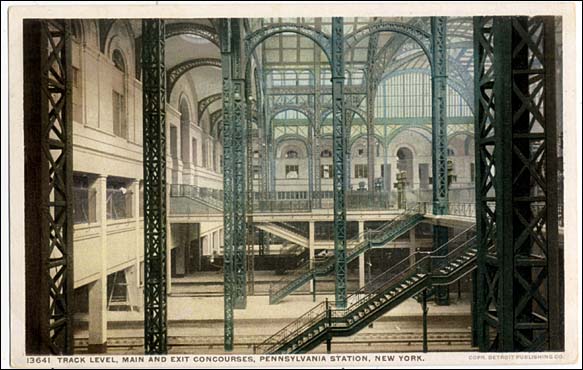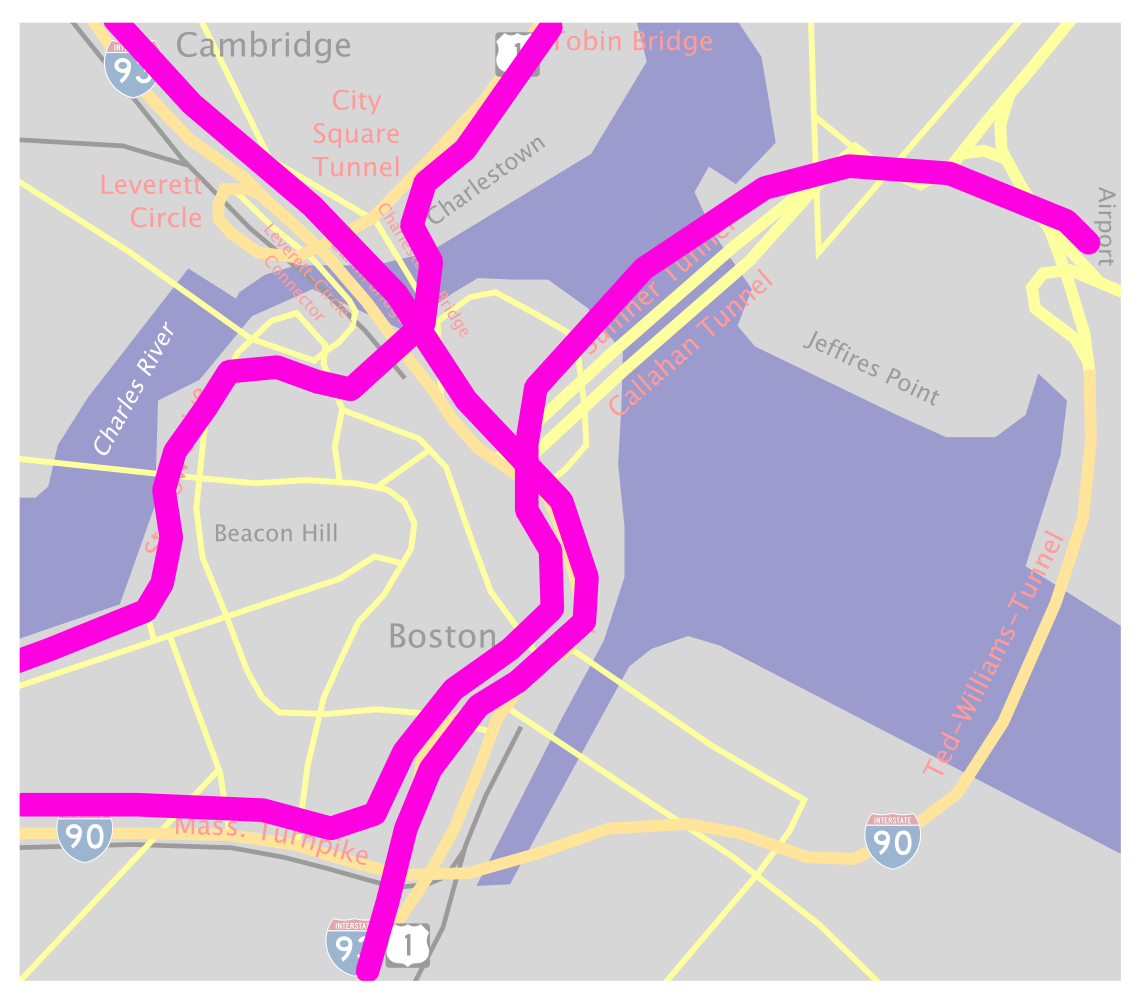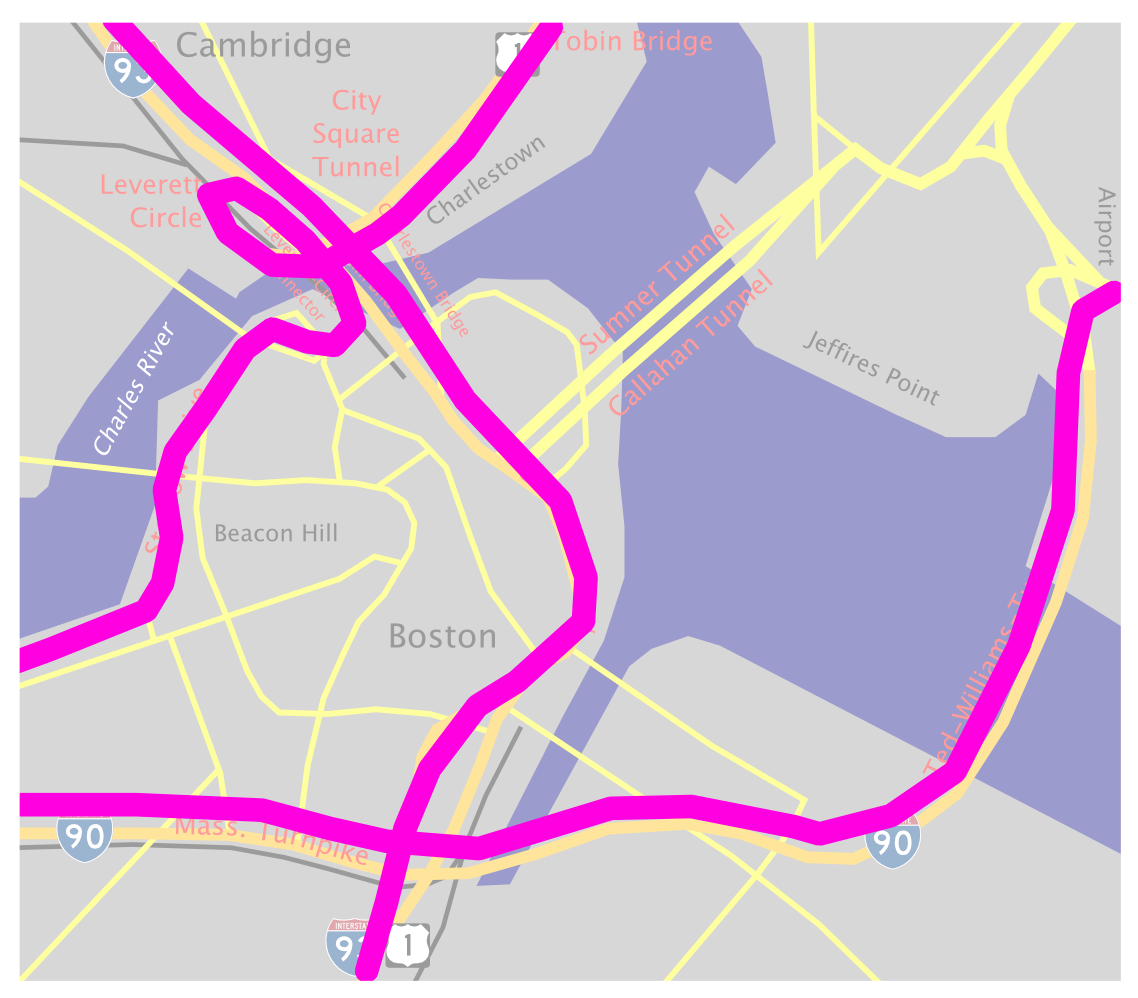When everyone is anxious and cannot wait to visualize their "dreaming" train station. I found several precedents which were regarded successful and heritage at times. But time proves its shortage and finally brought down. (Well, world trade centre is an extreme example, not mentioning here)


Penn Station
It was at the time the biggest station in Manhatten, even North America. The original Pennsylvania Station was an outstanding masterpiece of the Beaux-Arts style and one of the architectural jewels of New York City. It cannot afford such a big burden and was demolished in 1963.
"Any city gets what it admires, will pay for, and, ultimately, deserves. Even when we had Penn Station, we couldn't afford to keep it clean. We want and deserve tin-can architecture in a tinhorn culture. And we will probably be judged not by the monuments we build but by those we have destroyed."-Newyork times


The Big Dig
A project happened in Boston, takes seven years to finish, cost nearly 22 billion US dollar and it was the most expensive highway project in the US history.
It started in mid-20th, car traffic in the inner city was extremely congested, especially so for north-south trips. Then a elevated high-way was built, which not only physically divided the city, but also attracted more traffic onto it. Without enough support from branch lines, it carried 190,000 vehicles a day. Traffic jams of 16 hours were predicted for 2010.
Then the whole idea was to put this highway underground that activate the dead traffic. It finished successfully although some problems like leakage and substandard material still exist.
Lean a lesson that every operation on the urban planning need to have enough prevision and estimation. Issues like energy efficiency, pollution, overcrowded city center etc. need to be taken into seriously consideration before designing. When architecture comes to the urban scale, it is no longer a buildng, but a metaphor of the city.





























